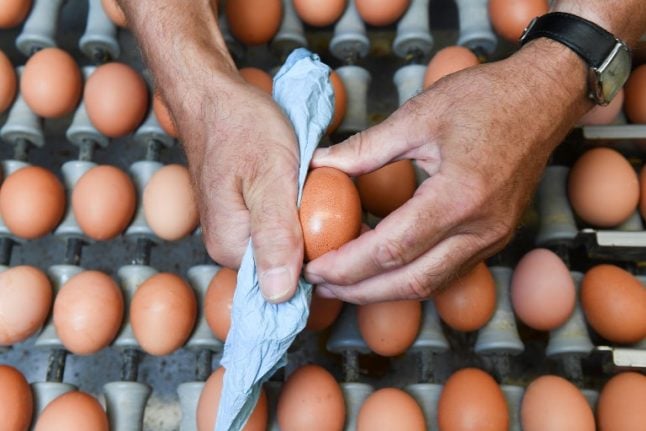Of 80 random samples including baked goods and mayonnaise, 18 revealed tiny traces of the chemical, according to the national Agency for Health and Food Safety (AGES).
It stressed however that the detected quantities were negligible and “there are no health risks”.
“The products are egg products for the wholesale food industry and originated in Germany, the Netherlands, Belgium and Poland,” the agency said in a statement.
“All egg products contaminated with fipronil will immediately be removed from the market.”
AGES added that “three-quarters of the samples have fortunately proven free of fipronil”.
The insecticide has now been discovered in eggs in 17 European countries since the scandal came to light at the start of August and was even found as far afield as Hong Kong.
Millions of eggs have been pulled from supermarket shelves and dozens of poultry farms closed, with the European Commission due to hold a crisis meeting in September.
Fipronil, an insecticide, is commonly used to get rid of fleas, lice and ticks from animals but is banned in the European Union from use in the food industry.
Belgium became the first country to officially notify the EU's food safety alert system of the presence of tainted eggs on July 20th, followed by the Netherlands and Germany.
However, the news did not go public until August 1st.
The EU insists there is no threat to humans, but the World Health Organization says that when eaten in large quantities it can harm people's kidneys, liver and thyroid glands.



 Please whitelist us to continue reading.
Please whitelist us to continue reading.